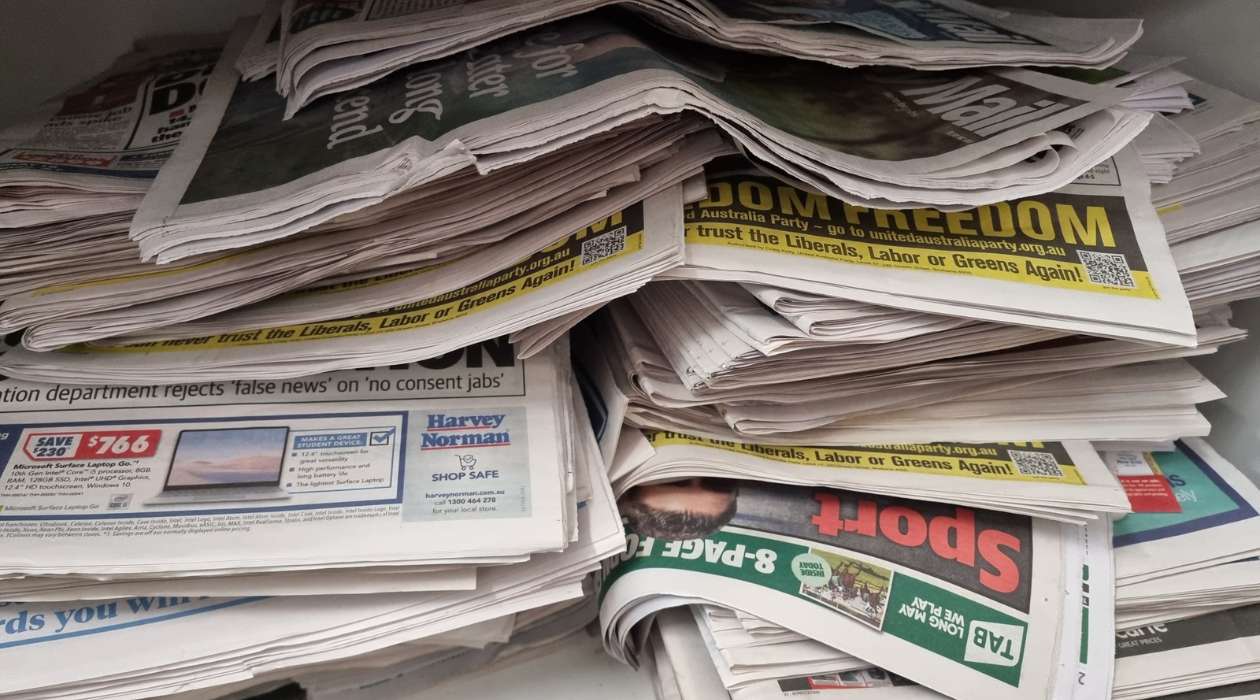

Articles
How To Store Old Newspapers
Modified: December 7, 2023
Learn how to properly store old newspaper articles to preserve them for future generations. Expert tips and techniques to prevent damage and ensure their longevity.
(Many of the links in this article redirect to a specific reviewed product. Your purchase of these products through affiliate links helps to generate commission for Storables.com, at no extra cost. Learn more)
Introduction
Welcome to the world of old newspapers! These timeless pieces of history are not just informative but also hold sentimental value for many people. However, preserving and storing old newspapers can be a challenge. Without proper care, these delicate artifacts can deteriorate over time, leading to the loss of valuable information and historical significance.
In this article, we will explore the best practices for storing old newspapers and keeping them in excellent condition for future generations to appreciate. We will discuss how to assess the condition of old newspapers, prepare them for storage, choose the right storage materials, and implement proper storage techniques. Additionally, we will highlight common mistakes to avoid and potential dangers that can damage old newspapers.
Preserving old newspapers is not only important for personal collections but also for historical societies, libraries, and museums. These invaluable resources offer a glimpse into the past, providing researchers, genealogists, and history enthusiasts with valuable information and insights. By following the guidelines and recommendations outlined in this article, you can ensure the long-term preservation of your old newspapers, safeguarding their historical value and ensuring their longevity.
So, whether you have a stack of old newspapers stashed away in your attic, or you’re looking to preserve a prized historical edition, join us on this journey as we delve into the fascinating world of storing old newspapers.
Key Takeaways:
- Preserving old newspapers requires careful assessment, preparation, and storage using acid-free materials. Proper handling and avoiding common mistakes are crucial for maintaining historical value and longevity.
- Understanding potential dangers like light exposure, high humidity, and acidic content is essential for proactive preservation. By following best practices, old newspapers can be safeguarded for future generations to appreciate.
Read more: How To Store Newspapers
Assessing the Condition of Old Newspapers
Before diving into the process of storing old newspapers, it is essential to assess their condition to determine the level of preservation required. This step will help you identify any existing damage or vulnerable areas that need special attention. Here are some key factors to consider when assessing the condition of your old newspapers:
1. Physical Damage: Inspect the newspapers for any tears, missing pieces, creases, or folds. These physical damages can weaken the paper and increase the risk of further deterioration. Take note of any brittle or yellowed areas, as they may be indications of acid deterioration or exposure to light and air.
2. Ink Fading: Over time, ink can fade, making the text or images difficult to read. Check for any signs of fading or illegible print. This can be particularly important for newspapers with valuable articles or significant historical events.
3. Mold and Mildew: Moisture and improper storage conditions can lead to the growth of mold and mildew on old newspapers. Look for any signs of discoloration, spots, or a musty smell, indicating the presence of mold or mildew. This issue should be addressed promptly to prevent further damage and potential health hazards.
4. Acidic Content: Many newspapers from the past contain acidic content, which can accelerate the deterioration process. Look for signs of acid burn, such as yellowing, browning, or brittleness. Acidic content can also pose risks to neighboring materials when stored together.
5. Fragility: Older newspapers tend to be more fragile and delicate than their modern counterparts. Handle them with care, as excessive handling can cause further damage, including tearing or crumbling. Keep an eye out for any loose or detached pages.
By thoroughly examining your old newspapers for these factors, you can gain a better understanding of their condition and determine the appropriate storage methods and materials to prevent further deterioration. Remember, the goal is to create a suitable preservation plan to maintain the integrity and longevity of these historical documents.
Preparing the Newspaper for Storage
Once you have assessed the condition of your old newspapers, it is time to prepare them for proper storage. Taking the necessary steps to prepare the newspapers will help minimize potential damage and ensure their longevity. Here are some essential tips for preparing the newspapers:
1. Cleanliness: Before storing the newspapers, make sure they are clean and free from any dust, dirt, or debris. Gently brush off any loose particles using a soft, lint-free cloth or a soft-bristled brush. Avoid using water or cleaning agents, as they may cause further damage.
2. Handling: Handle the newspapers with clean hands, or wear cotton gloves to prevent oils and dirt from transferring to the paper. Avoid touching the inked areas as much as possible to prevent smudging. If there are delicate or damaged sections, support the paper from underneath to prevent further tearing.
3. Flattening: If the newspapers are folded or have creases, it is important to flatten them before storing. Place the newspaper between acid-free tissue paper or unbuffered archival paper and gently apply pressure using heavy books or weights. Leave them in this flattened state for a few days to allow the paper to relax and straighten.
4. Repairs: If there are minor tears or missing pieces, consider repairing them before storage. Use acid-free archival tape or adhesive specifically designed for paper conservation. Avoid using regular adhesive tapes, glue, or sticky substances, as they can cause further damage over time.
5. Encapsulation: For particularly fragile newspapers or pages, consider encapsulating them in acid-free polyester film sleeves. This protective layer will provide an extra barrier against damage and help stabilize the paper. Make sure to leave some extra space around the edges of the sleeve to allow for expansion and contraction of the newspaper.
By following these steps, you can ensure that your old newspapers are in the best possible condition before they go into storage. These preparatory measures will help safeguard the newspapers from further damage and ensure a higher likelihood of preservation for future generations to enjoy and study.
Choosing the Right Storage Materials
The selection of appropriate storage materials is crucial for preserving old newspapers and protecting them from degradation. Using the right materials will minimize exposure to damaging elements and provide a stable environment for the newspapers. Here are some key considerations when choosing storage materials:
1. Acid-free and Archival Quality: Opt for acid-free and archival-quality materials to avoid the transfer of acids or chemicals to the newspapers. Acid-free boxes, folders, and sleeves are made from pH-neutral materials that will not contribute to further deterioration.
2. Buffered vs. Unbuffered: Buffered materials contain an alkaline substance, such as calcium carbonate, which helps counteract acidic degradation. However, unbuffered materials are recommended for newspapers with acidic content as buffering agents can react with the acids and exacerbate deterioration. Consult with a conservation professional or refer to documentation provided by the manufacturer to determine the most suitable option for your specific newspapers.
3. Storage Containers: Choose storage containers that are sturdy, durable, and appropriately sized for your newspapers. Archival-quality boxes made from acid-free, lignin-free, and sulfur-free paperboard are ideal for larger newspaper collections. Ensure that the boxes have a secure lid to protect the contents from dust, light, and pests.
4. Acid-free Envelopes or Folders: Individually wrap each newspaper in acid-free tissue paper or store them in acid-free folders or envelopes. This step provides an additional layer of protection against dust and physical damage. Avoid using plastic covers or polyethylene bags, as they can trap moisture and promote mold growth.
5. UV Protection: Store the newspapers in a location away from direct sunlight or fluorescent lighting, as UV rays can cause yellowing, fading, and accelerated deterioration. Consider using UV-filtering window film or curtains to block harmful light if storing the newspapers in a room with windows.
By investing in high-quality, acid-free, and archival storage materials, you can create a safe and stable environment for your old newspapers. These materials will provide the necessary protection against moisture, dust, light, and acidity, preserving the newspapers for years to come.
Proper Storage Techniques and Tips
Now that you have assessed the condition of your old newspapers, prepared them for storage, and chosen the appropriate storage materials, it’s time to implement proper storage techniques. Following these guidelines will ensure the long-term preservation of your newspapers:
1. Temperature and Humidity Control: Maintain a stable environment by storing the newspapers in a cool, dry area. Avoid areas with extreme temperature fluctuations or high humidity levels, as they can accelerate the deterioration process. Aim for a temperature around 68°F (20°C) and a relative humidity between 30% and 50%.
2. Elevated Storage: Store the newspapers off the floor to prevent potential damage from floods, leaks, or pests. Place them on sturdy, elevated shelves or use acid-free storage boxes with support dividers to minimize pressure on the newspapers. Keep the storage area clean and free from any potential hazards.
3. Proper Alignment: Store the newspapers vertically, aligned along their folded creases. This reduces stress on the paper and minimizes the risk of further damage. Avoid stacking or overcrowding the newspapers, as this can lead to creasing, warping, or distortion.
4. Organization and Labeling: Maintain a systematic approach to organizing and labeling your newspaper collection. Use acid-free folders or sleeves that are clearly labeled with the newspaper’s publication date, title, and any other relevant information. This will make it easier to locate specific newspapers without excessive handling.
5. Monitoring: Regularly monitor the condition of your newspapers to identify any signs of deterioration or potential issues. Check for pests, mold growth, deterioration, or any changes in the paper’s appearance. Conduct regular inspections and address any problems promptly to prevent further damage.
6. Handling with Care: Whenever you need to access a newspaper, handle it with clean hands or wear cotton gloves to minimize damage from oils, dirt, and moisture. Support the newspaper from underneath, especially if it is fragile or has loose pages. Avoid using paperclips, staples, or any sharp objects that can cause tearing or other harm.
By following these storage techniques and tips, you can create an optimal environment for the preservation of your old newspapers. Implementing proper storage practices plays a vital role in maintaining the historical value and integrity of these valuable artifacts.
Store old newspapers in a cool, dry, and dark place to prevent yellowing and deterioration. Avoid storing them in basements or attics where humidity and temperature fluctuations can cause damage.
Read more: How To Store Newspaper
Best Practices for Handling Old Newspapers
Proper handling of old newspapers is essential to minimize the risk of damage and maintain their integrity. Here are some best practices to follow when handling old newspapers:
1. Clean and Dry Hands: Before handling old newspapers, wash and thoroughly dry your hands to remove any dirt, oils, or lotions that may transfer to the paper. This helps prevent smudging, staining, or potential chemical reactions with the paper.
2. Use Cotton Gloves: For especially delicate or valuable newspapers, consider wearing clean cotton gloves to provide an additional layer of protection. Gloves can help prevent fingerprints, oils, and skin acids from coming into direct contact with the newspaper.
3. Support the Paper: When handling newspapers, especially larger or fragile ones, support the paper by holding it from underneath or along the edges. Avoid gripping or pinching the paper tightly, as this can lead to tears, creases, or warping.
4. Avoid Folding or Creasing: Never fold or crease old newspapers, as this can weaken the paper and cause permanent damage. If you need to handle a large newspaper, consider using a flat surface or a support board to minimize stress on the paper.
5. Slow and Gentle Movements: Handle newspapers with slow and gentle movements to prevent sudden stresses or jerks that can cause tearing. Avoid rapid flips or turning pages forcefully, as this can lead to unexpected damage.
6. Use Book Weights or Props: When reading or referencing old newspapers, use book weights or props to hold the pages open instead of applying pressure by hand. This minimizes the risk of accidental tears or creases.
7. Keep Food and Beverages Away: To prevent accidental spills or stains, never eat or drink near old newspapers. Even a small amount of liquid can cause irreparable damage to the paper, including ink smudging and discoloration.
8. Avoid Exposure to Sunlight: Limit the exposure of old newspapers to direct sunlight or strong artificial light. UV rays can cause fading, yellowing, and accelerated deterioration. Store newspapers in a shaded area or use UV-filtering covers or window films if necessary.
By adhering to these best practices, you can handle your old newspapers with care and minimize the risk of damage while enjoying the valuable historical content within them.
Common Mistakes to Avoid
When it comes to storing and handling old newspapers, there are certain mistakes that should be avoided to prevent damage and ensure proper preservation. Here are some common mistakes to steer clear of:
1. Using Improper Storage Materials: Avoid using materials that are not acid-free or archival quality. Regular cardboard boxes, plastic bags, or adhesive tapes can introduce acids, chemicals, and moisture that can accelerate deterioration and cause irreversible damage to the newspapers.
2. Storing in Unsuitable Environments: Do not store old newspapers in areas prone to high humidity, extreme temperatures, or direct sunlight. These conditions can promote mold growth, accelerate deterioration, cause yellowing, and fade ink.
3. Neglecting Regular Inspections: Failing to inspect your old newspapers periodically can lead to missed opportunities to spot and address issues, such as pests, mold growth, or deterioration. Regular inspections ensure that necessary actions are taken in a timely manner, preventing further damage.
4. Overhandling: Excessive handling can cause tears, creases, and other damage to fragile newspaper pages. Minimize unnecessary handling and always support the paper from underneath or along the edges when necessary.
5. Using Sticky Adhesives: Avoid using regular adhesive tapes, glue, or sticky substances to repair or attach items to old newspapers. These materials can cause staining, discoloration, or stickiness that can lead to further damage over time. Instead, use acid-free archival tapes or seek professional conservation assistance.
6. Ignoring Pest Prevention: Neglecting to take measures to prevent pests, such as rodents or insects, can result in damage to your newspaper collection. Use pest-resistant storage materials, regularly clean storage areas, and implement preventive measures like traps or repellents.
7. Disregarding Acidic Content: Do not store old newspapers with acidic content together with other documents or materials that can be affected. The acids can migrate and cause deterioration to neighboring items if not properly isolated or separated.
8. Using Sharp Objects: Avoid using paperclips, staples, or any sharp objects that can puncture or tear the delicate paper. These items can cause irreversible damage and compromise the integrity of the newspapers.
By avoiding these common mistakes, you can ensure the proper preservation and longevity of your old newspapers, safeguarding their historical value and significance for generations to come.
Potential Dangers to Old Newspapers
Old newspapers are delicate and susceptible to various dangers that can compromise their condition and longevity. Understanding these potential risks is crucial for effective preservation. Here are some common dangers to be aware of when handling and storing old newspapers:
1. Light and UV Exposure: Prolonged exposure to light, especially direct sunlight and fluorescent lighting, can cause fading, discoloration, and accelerated deterioration of old newspapers. UV rays are particularly harmful, leading to ink fading, yellowing, and degradation of the paper fibers.
2. High Humidity: Excessive humidity can contribute to the growth of mold and mildew on old newspapers. This not only leads to unsightly stains and discoloration but also poses health risks. High humidity levels can also cause paper to become weak, brittle, and prone to tearing.
3. Fluctuating Temperatures: Drastic temperature fluctuations can cause old newspapers to expand and contract, resulting in increased stress on the paper fibers. This can lead to creasing, warping, and weakening of the paper. It is important to store newspapers in a stable and moderate temperature environment.
4. Acidic Content: Many old newspapers contain acidic content, such as newsprint and inks. This acid content can deteriorate the paper over time, causing yellowing, brittleness, and a phenomenon known as acid burn. Acidic content can also transfer onto adjacent materials, causing damage to surrounding items.
5. Poor Storage Materials: Using improper storage materials, such as regular cardboard boxes or plastic bags, can introduce acids, chemicals, and moisture into the newspaper’s environment. These materials can accelerate degradation and lead to irreparable damage. It is important to invest in acid-free, archival-quality storage materials.
6. Improper Handling: Rough handling, excessive folding, or improper supporting of fragile old newspapers can lead to tears, creases, and other physical damage. It is crucial to handle newspapers with clean hands or gloves, support them from underneath, and avoid any actions that may put stress on the paper fibers.
7. Pests and Vermin: Pests, such as rodents and insects, can cause significant damage to old newspapers. They can chew on the paper, leave behind fecal matter, and introduce moisture or additional contaminants. Implementing pest control measures and storing newspapers in sealed containers can help prevent infestations.
Understanding the potential dangers to old newspapers allows you to take proactive steps to mitigate these risks. By implementing proper storage and handling techniques and creating a suitable environment, you can protect your valuable newspaper collection and preserve them for future generations to appreciate.
Conclusion
Preserving and storing old newspapers is a vital task for those who value historical artifacts and wish to maintain their integrity. By following the best practices and guidelines discussed in this article, you can ensure the longevity and protection of your cherished newspaper collection.
Assessing the condition of your old newspapers is the first step in understanding their preservation needs. Identifying physical damage, ink fading, mold growth, acidic content, and fragility allows you to tailor your preservation efforts accordingly.
Preparing the newspapers for storage involves careful cleaning, handling, and necessary repairs. Flattening creases, encapsulating fragile pages, and avoiding the use of harmful adhesives are crucial steps towards maintaining the newspapers’ structural integrity.
Choosing the right storage materials, such as acid-free and archival-quality boxes, folders, and sleeves, helps provide a protective and stable environment. UV protection and proper organization techniques aid in preventing light damage and ensuring easy access to specific newspapers without excessive handling.
Proper storage techniques and tips, including temperature and humidity control, elevated storage, and regular inspections, contribute to the prevention of further damage and deterioration.
Following best practices for handling old newspapers, such as using clean hands or cotton gloves, supporting the paper during handling, and implementing measures to prevent spills or stains, minimizes the risk of physical damage.
Avoiding common mistakes, such as using improper storage materials, neglecting regular inspections, or overhandling, helps protect the newspapers from unnecessary harm.
Understanding the potential dangers to old newspapers, such as light exposure, high humidity, acidic content, and pests, allows for proactive measures to be taken to mitigate these risks.
In conclusion, the preservation of old newspapers is a responsibility that requires knowledge, care, and attention to detail. By employing proper techniques for assessment, preparation, storage, handling, and avoiding common mistakes, you can ensure the long-term preservation of your valuable newspaper collection, maintaining its historical value and allowing future generations to delve into the captivating stories and insights preserved within these remarkable artifacts.
Frequently Asked Questions about How To Store Old Newspapers
Was this page helpful?
At Storables.com, we guarantee accurate and reliable information. Our content, validated by Expert Board Contributors, is crafted following stringent Editorial Policies. We're committed to providing you with well-researched, expert-backed insights for all your informational needs.
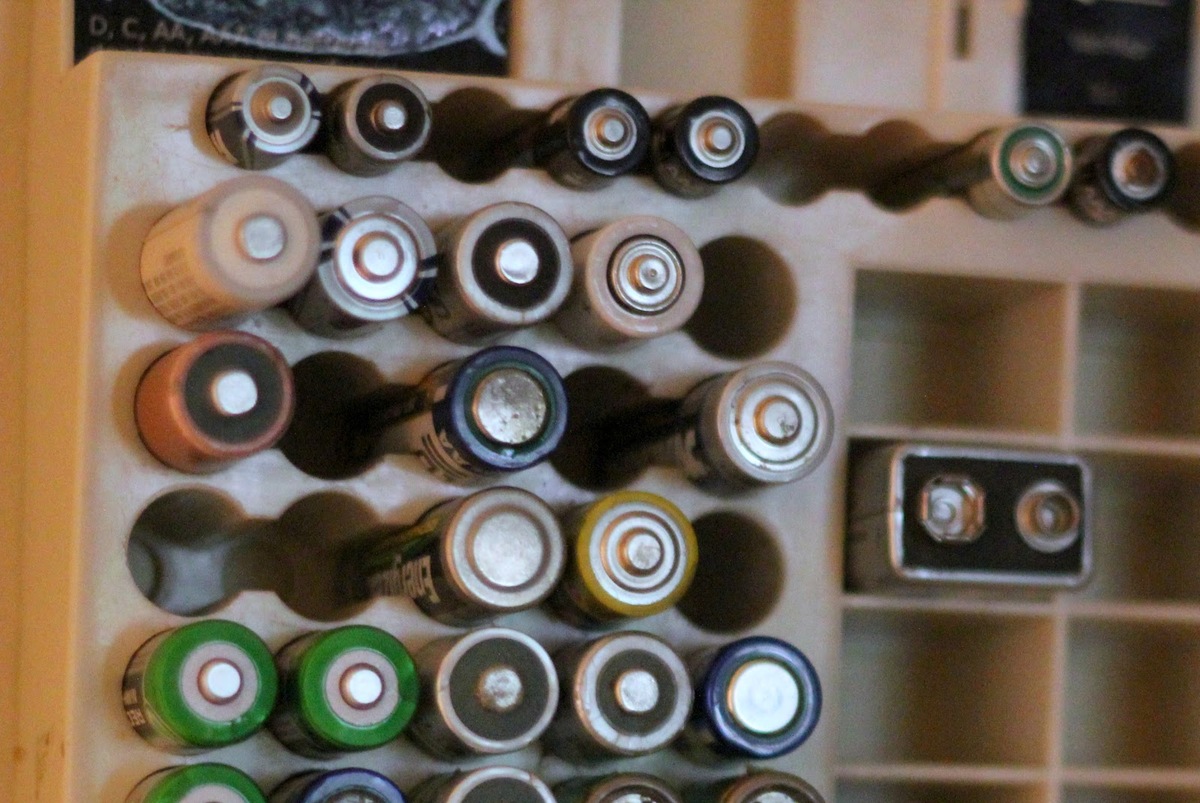
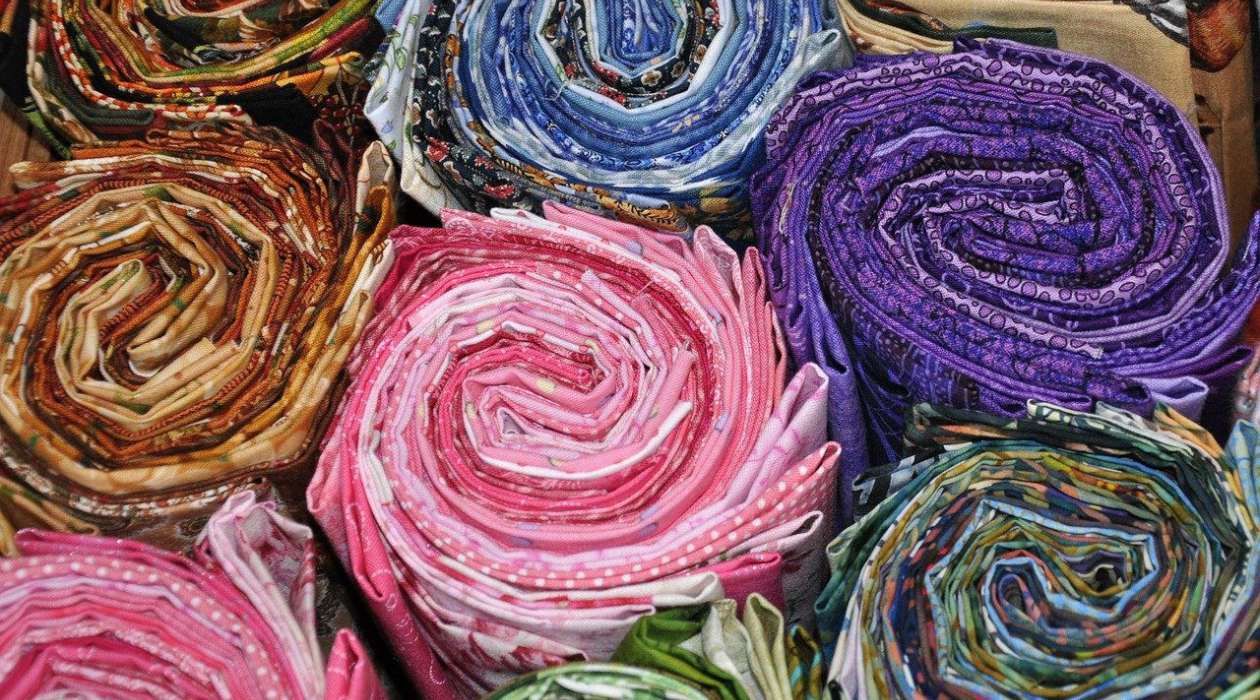
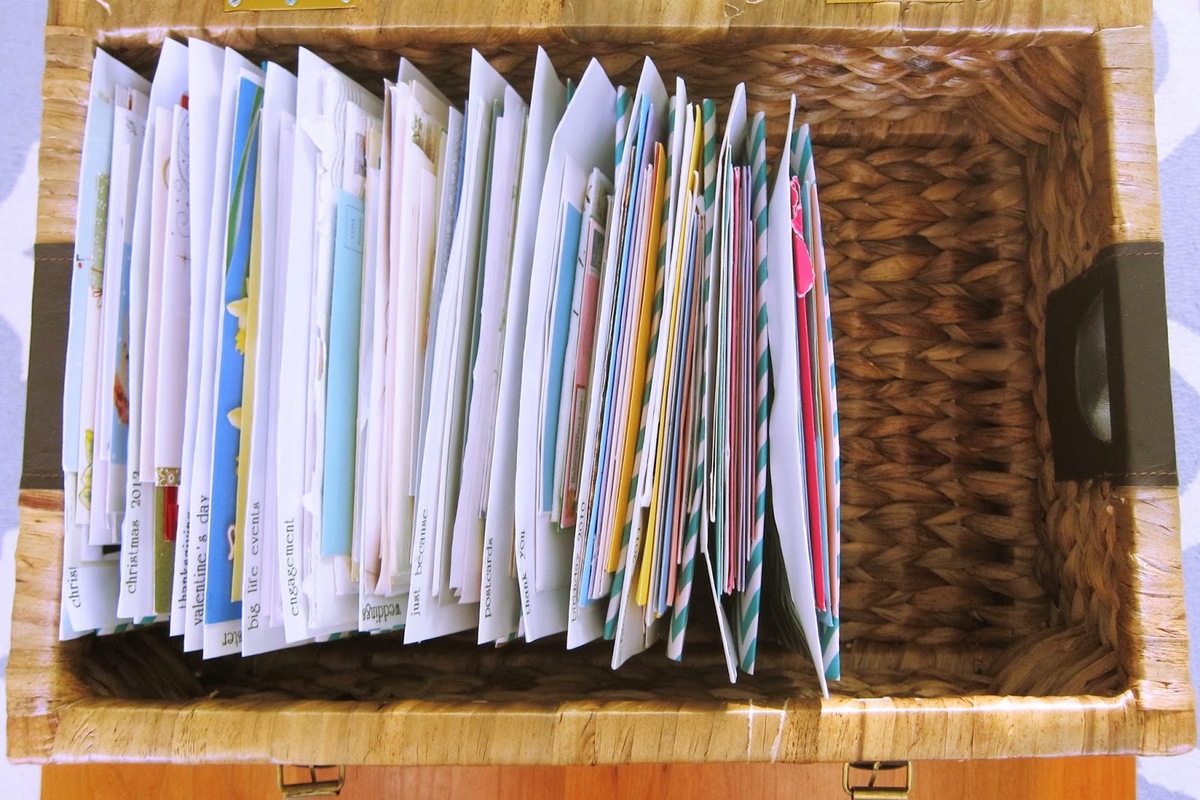

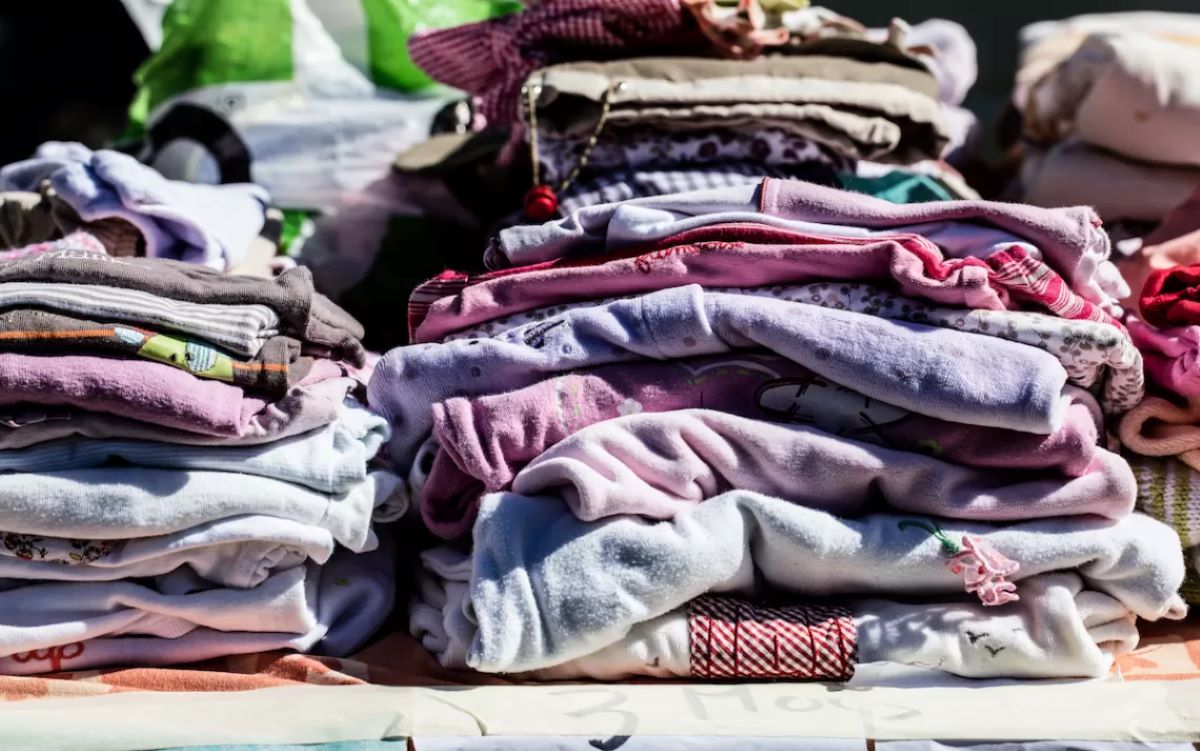


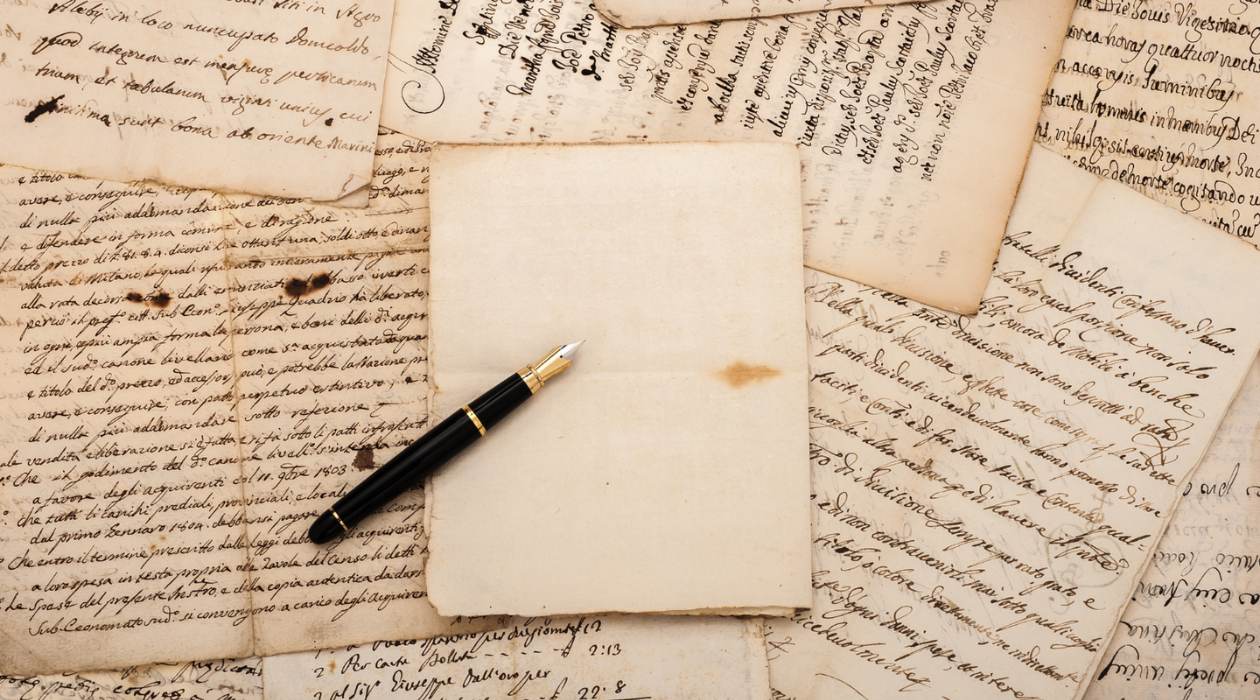
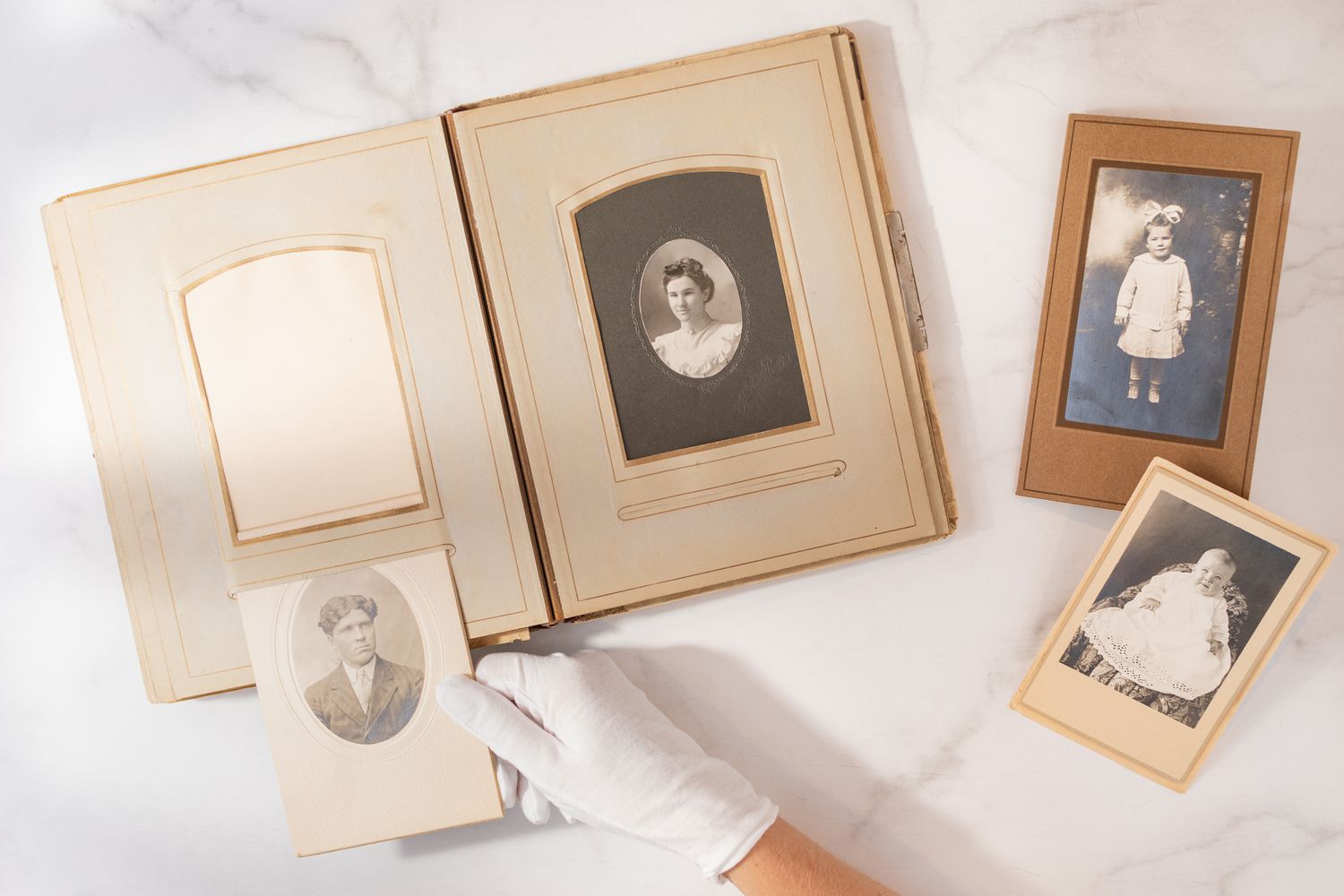

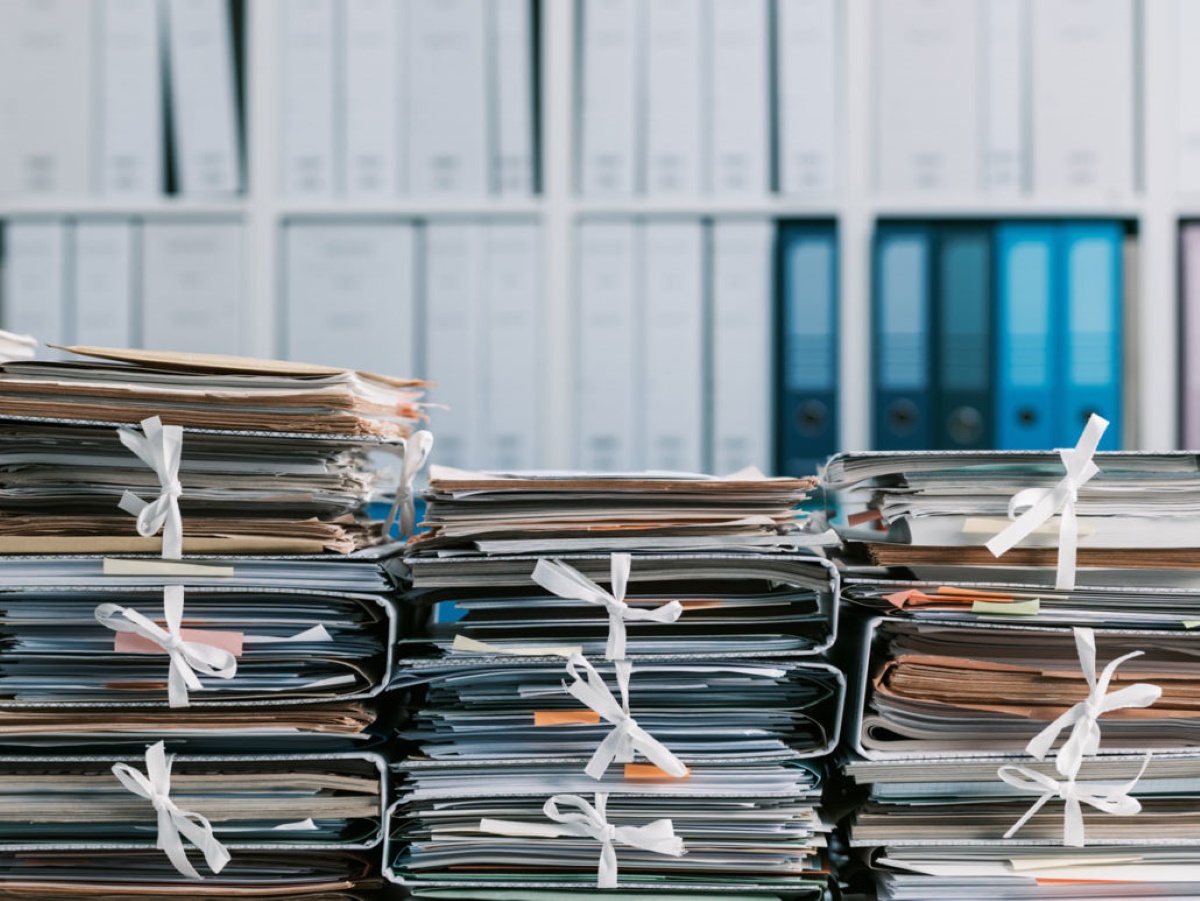
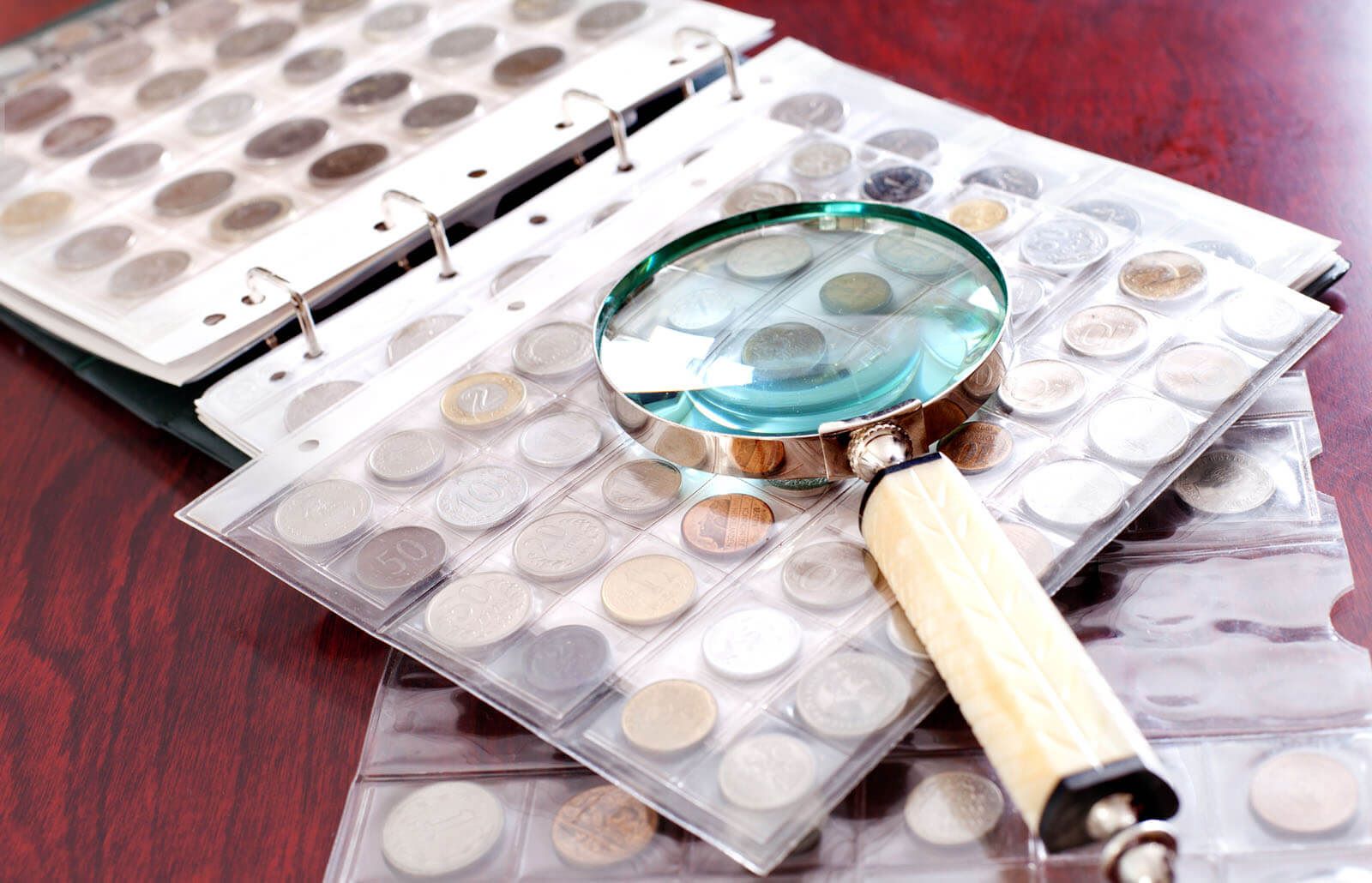
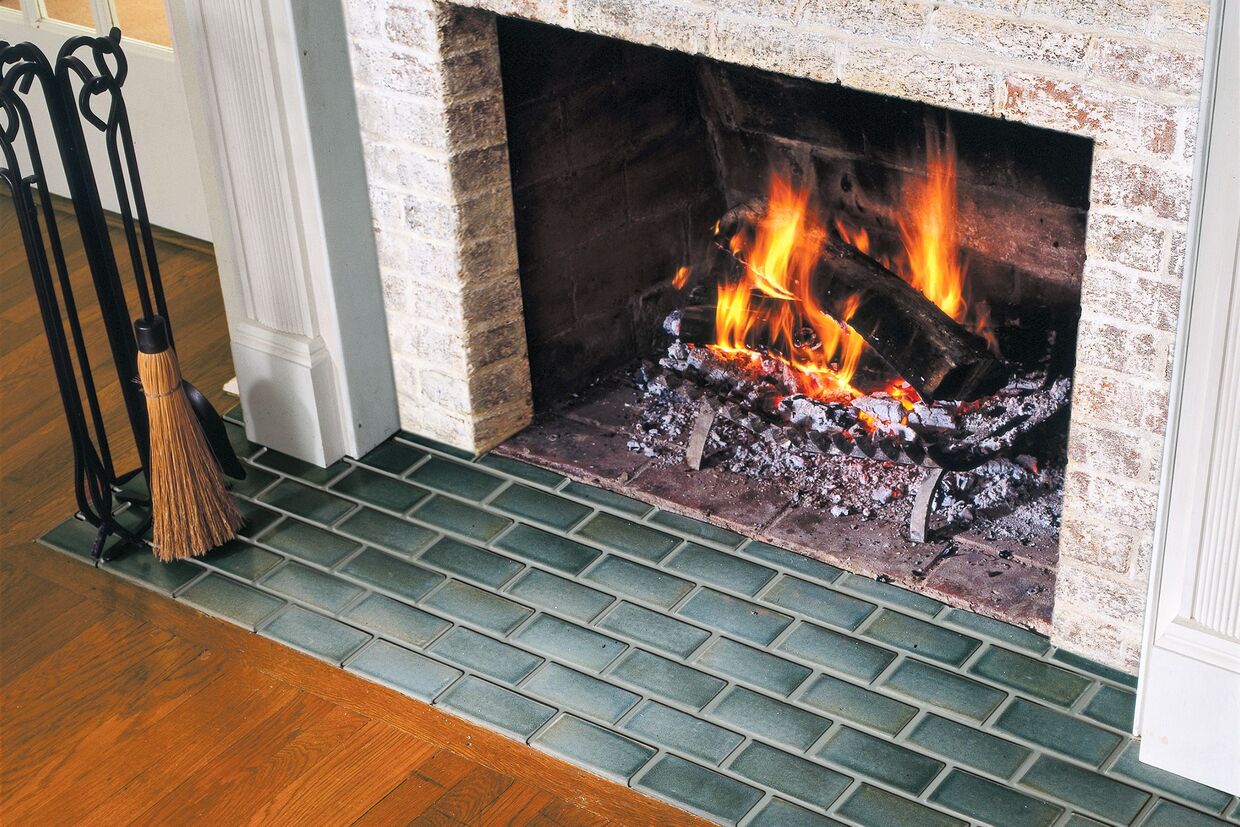
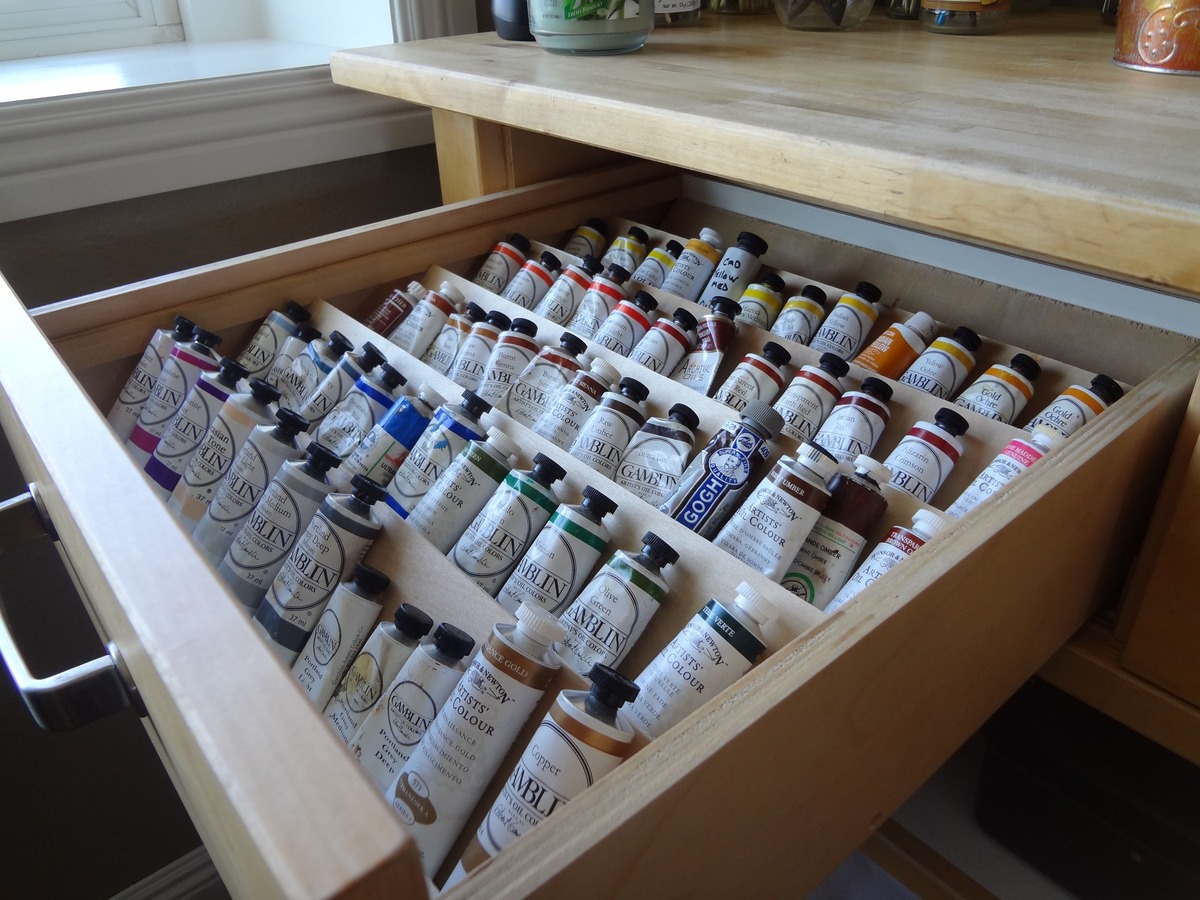

0 thoughts on “How To Store Old Newspapers”